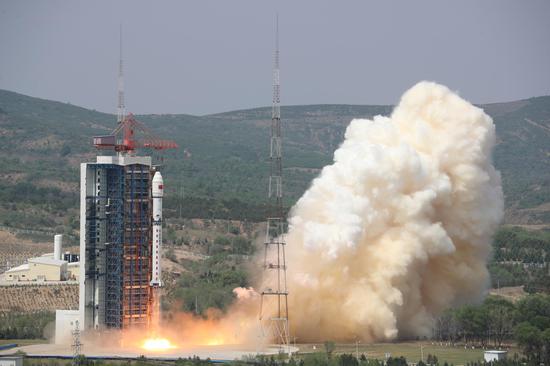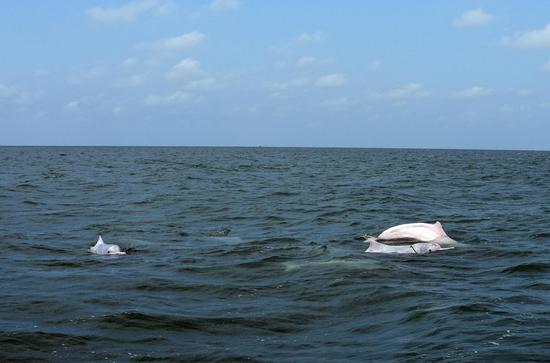Galactic Energy, a private rocket maker in Beijing, made the second sea-based launch mission of its Ceres 1 carrier rocket on Wednesday afternoon.
The company said in a news release that the rocket blasted off at 4:12 pm from a mobile launch platform — a modified deck barge — in the Yellow Sea off the eastern province of Shandong and then sent four satellites into an orbit about 850 kilometers above the Earth.
The satellites were built by Guodian Gaoke, a Beijing-based private satellite operator, for its Tianqi Network and will be used to collect data for the Internet of Things, according to Galactic Energy.
The Ceres 1's first sea-based launch took place in September 2023 off the coast of Shandong, placing four Tianqi satellites into space. That mission made Galactic Energy the first Chinese private company to launch a rocket at sea.
By now, China has performed 11 sea-based launches, involving four types of rockets: Long March 11, Smart Dragon 3, Ceres 1 and Gravity 1.
Compared with conventional land-based launches, a sea mission has a lower risk of causing trouble in densely populated areas along the rocket's trajectory. The method also allows launches to be made near the equator, which increases the rocket's carrying capacity, lowers launch costs and extends the life span of some satellites, he explained.
The solid-propellant Ceres 1 is about 20 meters tall, has a diameter of 1.4 meters and mainly burns solid propellant. With a liftoff weight of 33 metric tons, it is capable of sending a 300-kilogram satellite or several satellites with a combined weight of 300 kg, to a 500-km sun-synchronous orbit, or 350-kg payloads to a low-Earth orbit at an altitude of 200 km.
So far, Galactic Energy has carried out 12 orbital launches using the Ceres 1 model, far outperforming other private competitors. These flights have placed tens of satellites into space.


















































 京公网安备 11010202009201号
京公网安备 11010202009201号